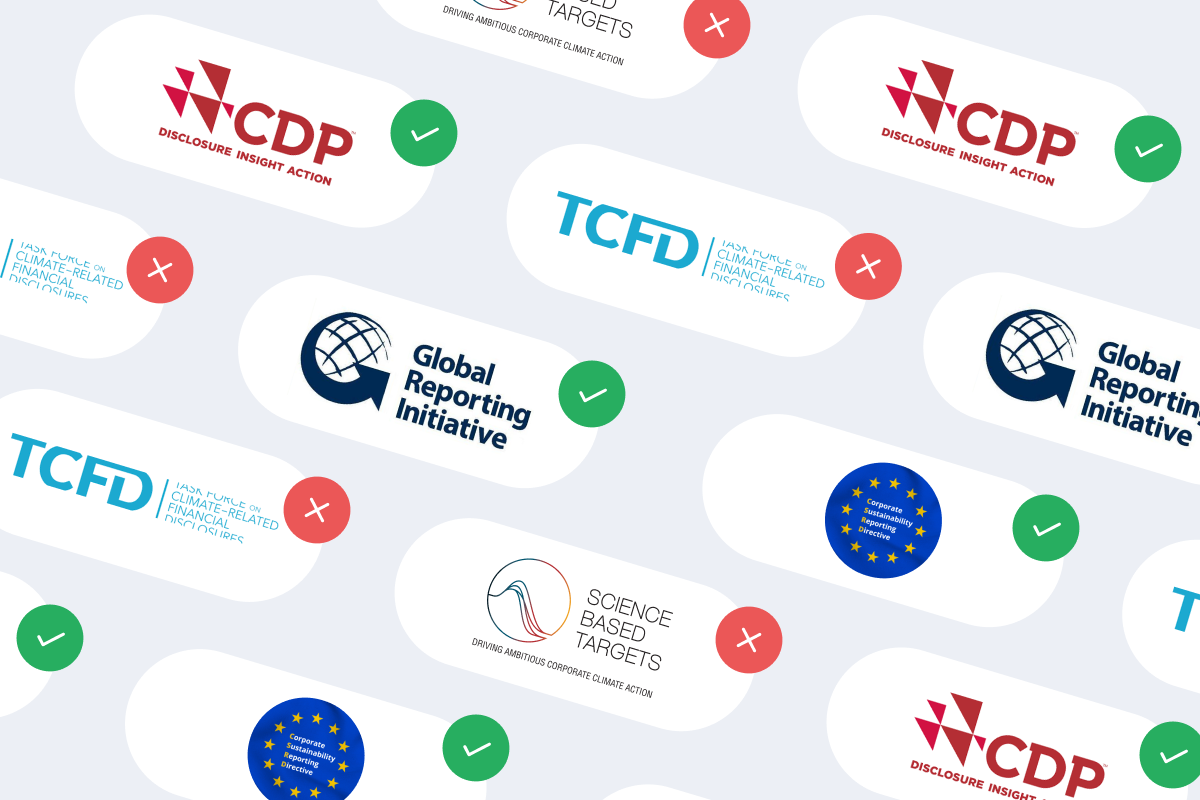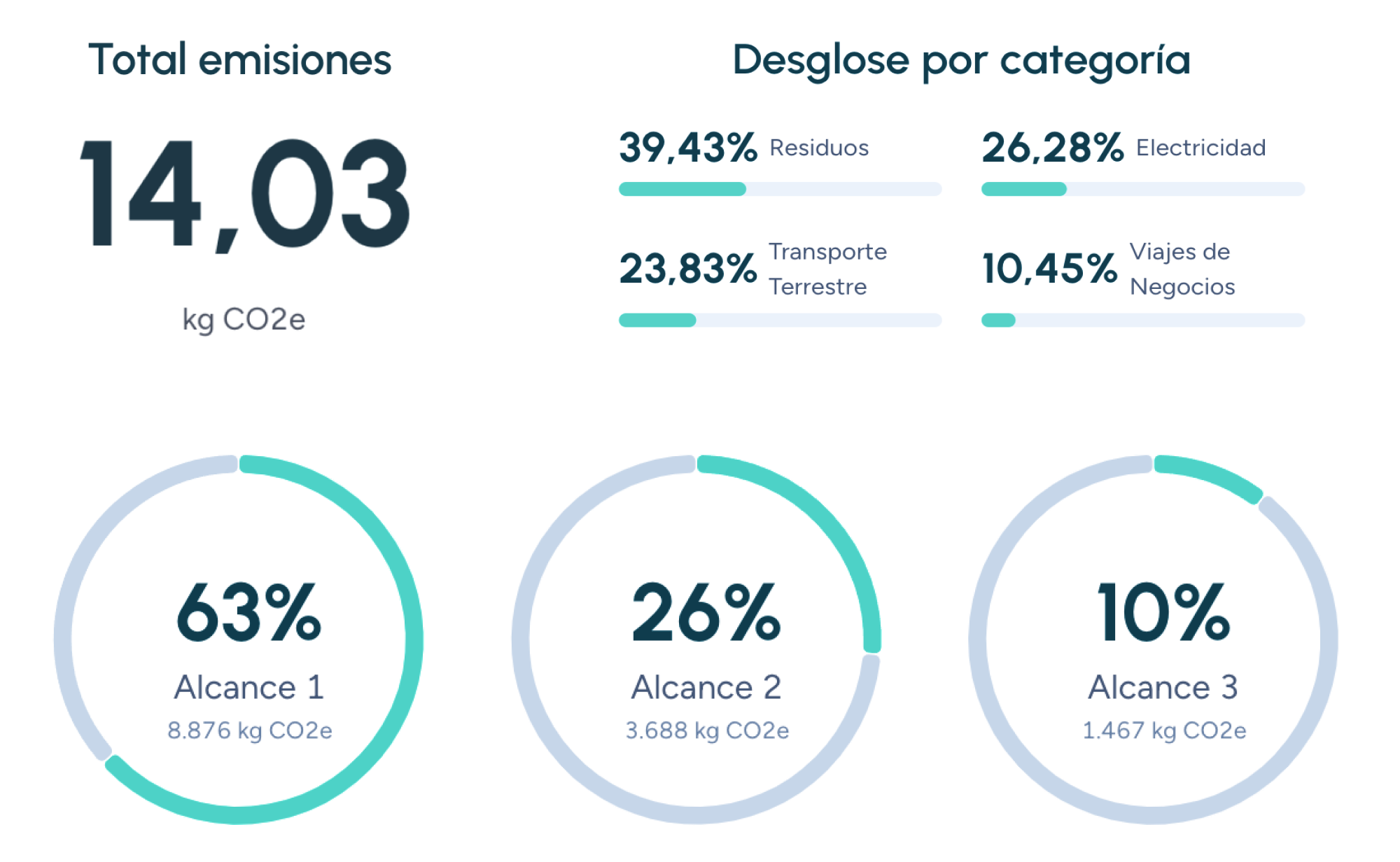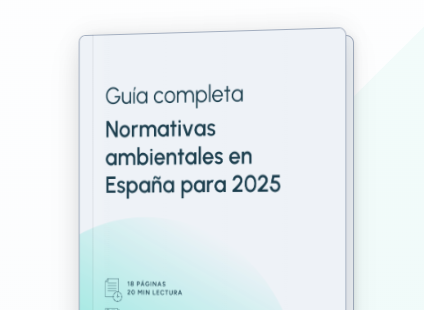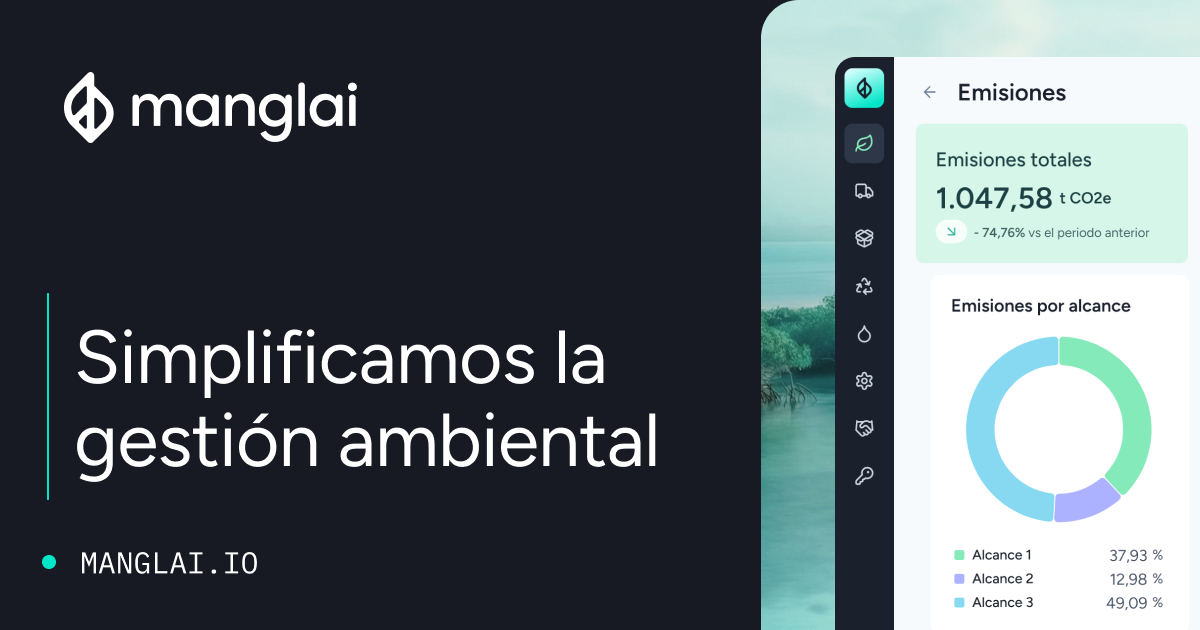Back to the blog
Product carbon footprint
Environmental Product Declaration (EPD): What it is and Why it can Tip the Balance in a Tender
Paula Otero
Environmental and Sustainability Consultant
Purchasing departments at construction firms, hotel groups and retailers increasingly demand hard numerical proof of sustainability. In that context, the Environmental Product Declaration (EPD) has become the gold-standard tool for conveying the impact of any material or component.
Governed by ISO 14025 and the European standard EN 15804, the document condenses the results of an independently verified Life-Cycle Assessment (LCA). Because both products are compared in the same functional unit, specifiers can evaluate two technical solutions side by side and award extra credit to the option with the lighter footprint.
This article explains what an EPD is, why it improves product transparency and which role it plays in a public tender.
What is an Environmental Product Declaration?
An Environmental Product Declaration is a Type III eco-label based on measurable data rather than guesses or self-declared claims. Each declaration describes the product, lists its CPA code and states the functional unit used in the LCA—one cubic metre of concrete, one aluminium window or one square metre of tile, for example.
The document also reports life-cycle modules A1 through D together with their environmental indicators: kilograms of CO₂ equivalent, megajoules of primary energy, kilograms of NOₓ emitted, cubic metres of water consumed and many other categories. Every figure is accompanied by its data source, underlying assumptions and validity period. Third-party verification guarantees transparency and comparability.
Competitive advantages at a glance
Holding an EPD registered with a recognised programme such as Global EPD, The International EPD® System or DAPconstrucción delivers several concrete benefits. First, it opens the door to public tenders, because Spanish procurement documents award up to three per cent of the total score to materials backed by an EPD. Second, it secures credits in global green-building schemes: LEED v4 grants two MRc1 points for products with verified declarations. Finally, it boosts reputation, since businesses and consumers see an EPD as clear evidence of environmental commitment.
Drafting and registering an EPD
The process starts by defining the functional unit and LCA scope in line with EN 15804. Primary production data are collected and supplemented with secondary information from databases such as Ecoinvent. After calculating the indicators and completing the technical sheet, a verifier accredited under ISO 17065 audits the study. Once the audit is cleared, the EPD is registered with the chosen programme and published with a reference number and a QR code the client can scan to download the declaration instantly.
How does an EPD relate to a Product Carbon Footprint?
Carbon footprint is one indicator inside an EPD—but not the only one. The great advantage of the declaration is its multi-category scope, which also covers water use, toxicity potentials, resource depletion and benefits beyond the product’s life cycle (Module D). Presenting CO₂ alone would lose points in tenders that demand a full environmental picture.
To explore the concept of Product Carbon Footprint and its link to EPDs, read our guide: What is a Product Carbon Footprint and How Is It Measured?
Environmental Product Declarations: A key to sustainability-driven projects
An EPD is both a technical marketing asset and a pass key for projects where sustainability decides the winner. If you embed your Manglai-generated LCA in a verified declaration, you gain a measurable competitive edge and a credible story for your brand.
To learn more about all the actors involved in the EPD process, explore our resources on Life-Cycle Assessment, water footprinting and waste-reduction strategies that can position your company as a sustainability leader.
FAQs about EPDs
Does an EPD expire?
Yes. It must be renewed every five years—or sooner if the product formulation changes.
May I limit the study to the production stage?
You can, but you will earn fewer LEED points and score lower in public tenders.
What about confidential data?
The verified results are published only in aggregated form, so sensitive information remains under a confidentiality agreement with the auditor.
Paula Otero
Environmental and Sustainability Consultant
About the author
Biologist from the University of Santiago de Compostela with a Master’s degree in Natural Environment Management and Conservation from the University of Cádiz. After collaborating in university studies and working as an environmental consultant, I now apply my expertise at Manglai. I specialize in leading sustainability projects focused on the Sustainable Development Goals for companies. I advise clients on carbon footprint measurement and reduction, contribute to the development of our platform, and conduct internal training. My experience combines scientific rigor with practical applicability in the business sector.
Content
Companies that trust us

Real Decreto 1055/2022: Key aspects of EPR for commercial and industrial packaging in Spain
Discover how to comply with Real Decreto 1055/2022 and apply Extended Producer Responsibility (EPR) to commercial and industrial packaging.
20 October, 2025
Direct vs. Indirect Environmental Impact in Environmental Analysis: What’s the Difference?
Understand the distinction between direct and indirect impact in environmental analysis.
16 July, 2025
Environmental Transparency in Products: How to Communicate Sustainability for Responsible Consumption
Learn how product transparency drives sustainability and informed choice.
14 July, 2025
Guiding businesses towards net-zero emissions through AI-driven solutions.
© 2026 Manglai. All rights reserved
Política de Privacidad


